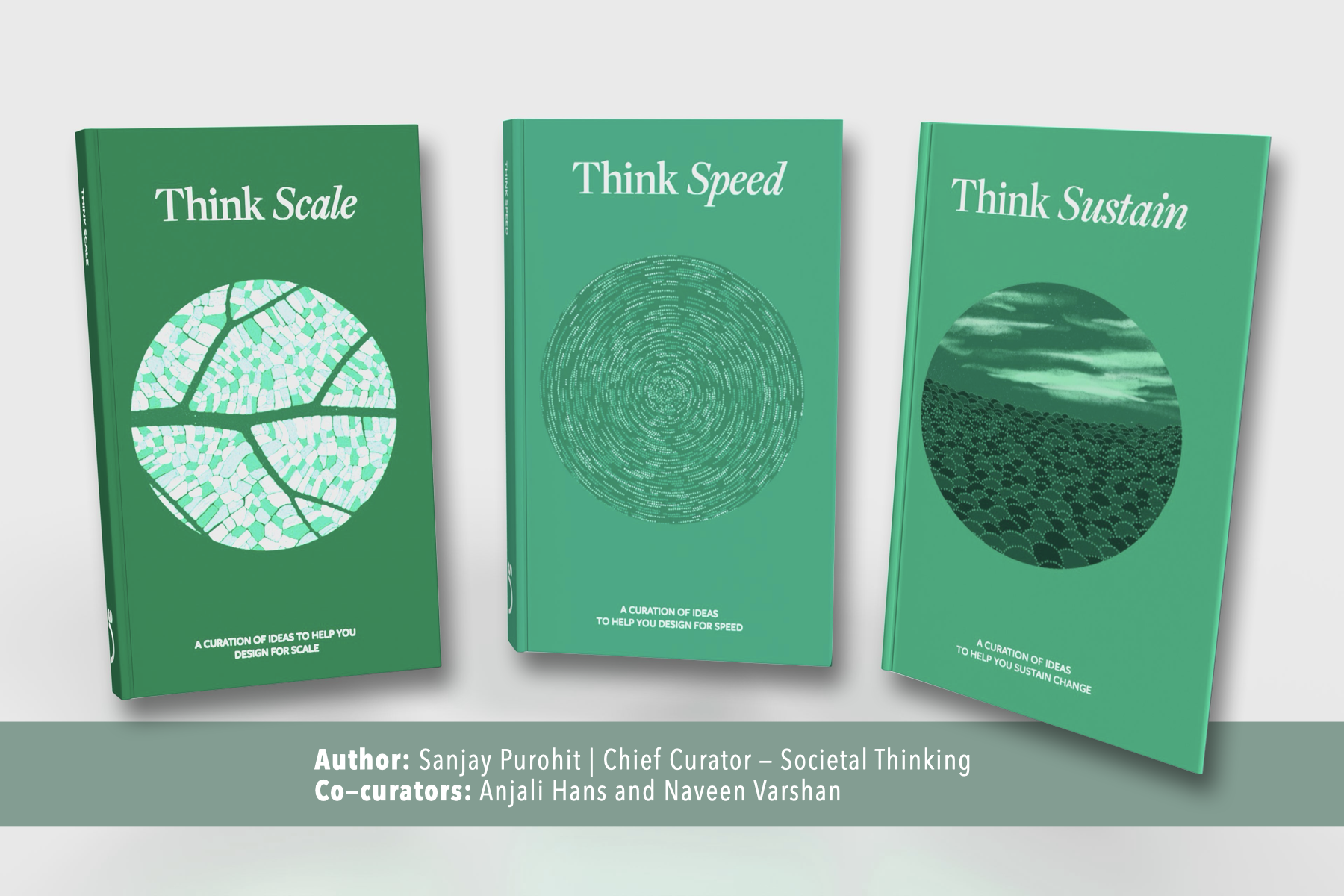“I am Irfan, resident of a village in Kottayam district of Kerala. Our village was hit by a severe landslide last October due to heavy unseasonal rain. It has been six months since everything was lost. Life is gradually coming back to normal. It would have been much better if I had received adequate assistance. Government officials did transfer Rs. 6,000 in my bank account immediately after the disaster struck. With that, at least I could buy some food and fuel to keep our kitchen running. A few days later, an official visited us to assess our damaged house and asked me a few questions about my livelihood. I have not seen him again. Leaders of the Panchayat are clueless too. I am considering moving to the city for work. How do I continue in such uncertainty?”
Stories like Irfan’s are typical across the country. Every year, millions of people are affected by disasters in the country. Governments engage in relief activity – providing monetary assistance, setting up community kitchens and even moving people to safe evacuation centres. All this happens for a few days and sometimes for weeks after a disaster. However, seldom do we hear about assistance coming in beyond immediate relief. That’s when secondary disaster impacts begin to manifest – affected communities getting trapped in high-interest loans, switching to underpaid livelihoods, migrating among other desperate coping measures. Rarely do they have long-term recovery assistance offered, limited to only big disasters that have caught media and political attention. Even so, what comes in as ‘recovery assistance’ is limited and often very late.
All over the world, disaster events have increased significantly. Attributed largely to changing climate – the number of extreme events has nearly doubled since the 1980s. This implies that the frequency of disaster events has increased, leaving very short windows for communities to fully recover, and to new areas getting affected.
This rapidly changing scenario is challenging an already over-stretched public disaster response and recovery mechanism that can barely manage to organise immediate relief, let alone offer long-term recovery. Share on X
Society at large, including civil society organisations like SEEDS, that I co-founded, find it hard to keep up with growing complexity and scale of needs. In an internal study we carried out in 2020, we found that there are at least 200+ districts across the country that are climate hotspots – where climate induced disasters will increase and affect entire populations. We should expect at least 300 million Indians to be directly impacted by disasters in the following decade. Current approaches will have to be re-examined in light of such a challenge. For one, we will need to adopt an all-of-society approach where, along with governments, civil society and markets also have a major role to play.
Our combined challenge is to enable the 300 million Indians to not just survive climate disasters but be able to adapt and even thrive despite adversity. Share on X
That is, to build a disaster resilient society that leaves no one behind, and gives everyone an opportunity to bounce back from any disaster, be it a landslide, flood, cyclone or even a pandemic.
Ashoka’s ASPIRe programme has given SEEDS a chance to think this is possible. Societal Thinking can enable us to reach scale while embracing diversity of context, communities and needs. Several iterations on the field have led us to re-imagine current pathways where, as the first step, a community-led self-assessment of disaster risks and losses, leading to establishment of an open data platform, will eventually work at scale, trigger network effects, and distribute the ability to solve among a range of co-creators in the ecosystem.
The Building Disaster Resilience Project will ensure that recovery assistance reaches people on time since information will be available on a near real-time basis with affected people entering loss data themselves. Empowerment and Agency are central to the project’s design. To be able to create early traction, we plan to leverage the strength of the central (NDMA) and state government networks. The timing is also opportune because of the government’s shift from only relief only to relief + resilience-based models.
Keeping citizens and communities at the centre, we believe, should be able to create a national data infrastructure that would enable other civil society and private actors to co-create or participate. Share on X
That the project would be based on people’s needs and choices would allow assistance to be shaped accordingly. It would further bridge the gap between communities’ needs and the support lent. This would be possible as civil society and market institutions, with visibility to loss data, would be able to participate in extending assistance.

In the next few months, with Societal Thinking, we will develop a prototype of what would work at scale. We’re discussing testing the prototype in Odisha, Kerala and Uttarakhand in real disasters over the next few months. This will include developing and testing formats for loss data collection directly from affected communities, mapping networks of existing government, civil society and market opportunities and finally, matching people’s needs to such opportunities.
To build this resilient society, SEEDS focuses on safe housing, schools and community infrastructure; water and sanitation; environment and health. We believe that rebuilding goes beyond restoring what was damaged to building better and safer while addressing ecosystem challenges.
 Back
Back


